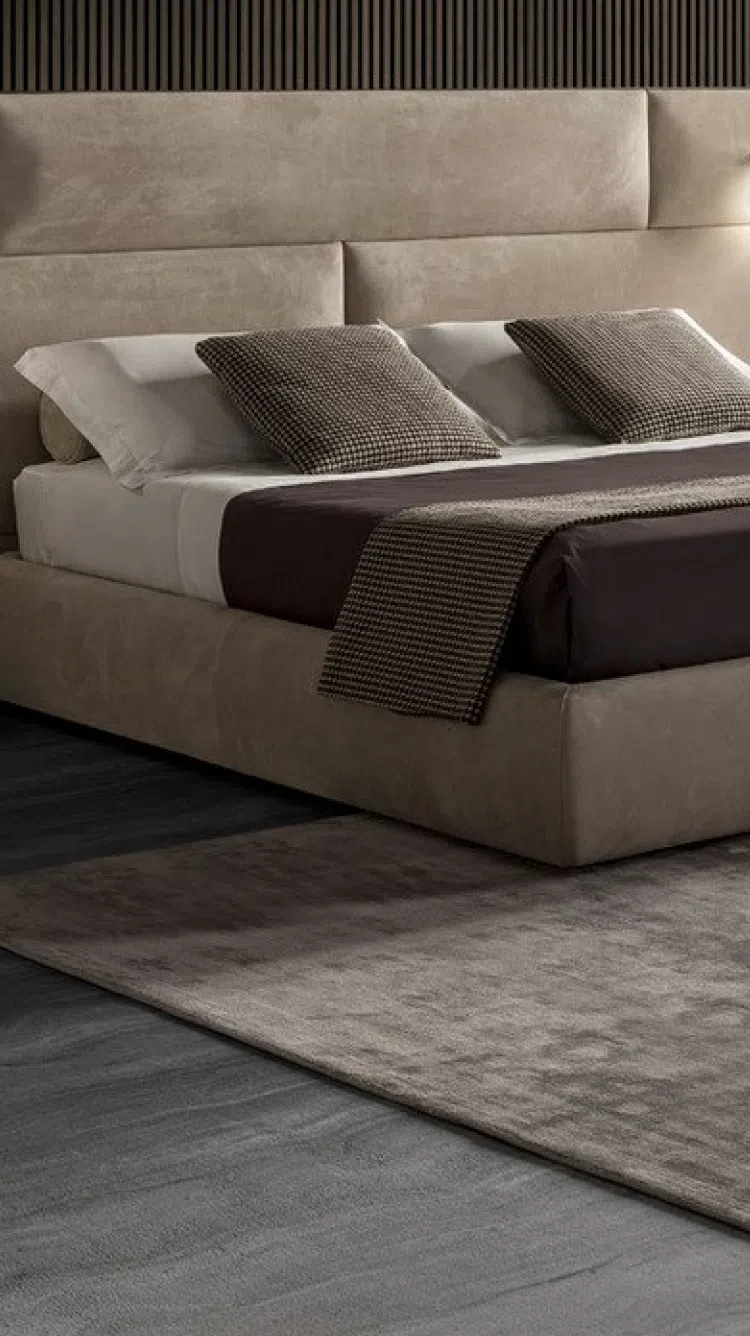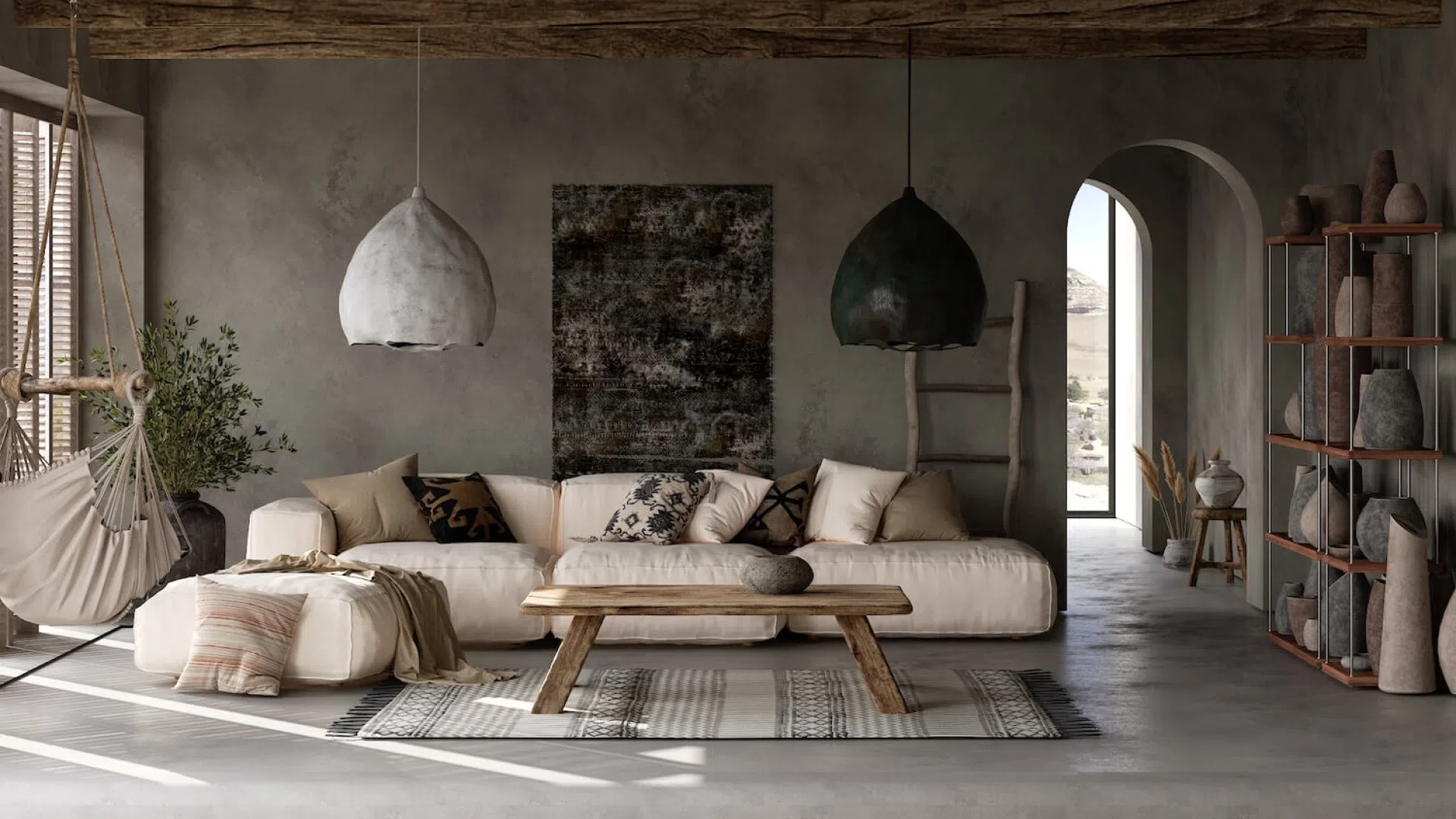Ethnic style in furniture and interior design refers to a distinctive look that incorporates elements from a variety of world cultures and traditions. It is characterized by the use of furniture, fabrics, accessories, and decorative details that are indigenous to specific regions or groups. Unlike some other design styles that adhere to a strict set of rules, ethnic style is more about evoking a particular cultural vibe rather than replicating it exactly. Here are several key aspects of ethnic-style furniture and interior design:
Materials:
- Ethnic-style furniture often features natural materials, such as wood, bamboo, rattan, leather, wool, and cotton. These materials are usually crafted in ways that highlight their organic beauty and texture.
- Artisanal techniques that represent cultural craftsmanship, such as carving, weaving, embroidery, and pottery, are also prevalent in ethnic-style furniture.
Patterns and Colors:
- Patterns are a vital aspect of ethnic-style design. These can include tribal prints, ikats, paisleys, geometrics, and other motifs that are symbolic or traditional to different cultures.
- Color palettes can vary widely, ranging from the vibrant, saturated hues often seen in African and South American design to the more subdued, earthy tones found in Native American or Asian-inspired aesthetics.
Furniture:
- Ethnic furniture pieces are usually sturdy and substantial, with visual interest provided by intricate details and craftsmanship. For example, a Moroccan-style side table might feature elaborate metalwork, while a Japanese tansu (chest of drawers) showcases joinery skills.
- Often, furniture in an ethnic style is low to the ground, reflecting the customs of many cultures.
Accessories and Decorative Accents:
- Textiles are a major component of ethnic style. These can include throw pillows, tapestries, rugs, and blankets featuring ethnic motifs and handmade craftsmanship.
- Other decorative accessories might include pottery, baskets, art, wooden carvings, and decorative objects that hold cultural significance.
Global Inspiration:
- Inspiration can be drawn from any culture around the world, including, but not limited to, African, Native American, Latin American, Middle Eastern, Asian, Indian, and Pacific Islander. Each brings its unique elements to the table.
- Often, these cultural elements are mixed and matched in a tasteful way to create an eclectic and cosmopolitan feel in the space.
Functionality:
- While aesthetics are an essential feature of ethnic style, furniture and decor are still chosen with utility and comfort in mind. The items need to be functional and accommodate the everyday needs of the home's occupants, echoing traditional uses in their cultures of origin.
Authenticity:
- One of the hallmarks of ethnic style is a sense of authenticity. This means sourcing items that are genuinely reflective of the culture they represent, preferably made by artisans within those cultural communities.
In summary, ethnic style celebrates cultural heritage and global diversity through the incorporation of traditional materials, craftsmanship, and decorative elements into modern living spaces. It is a respectful homage to the variety of civilizations and their historical arts and crafts.



